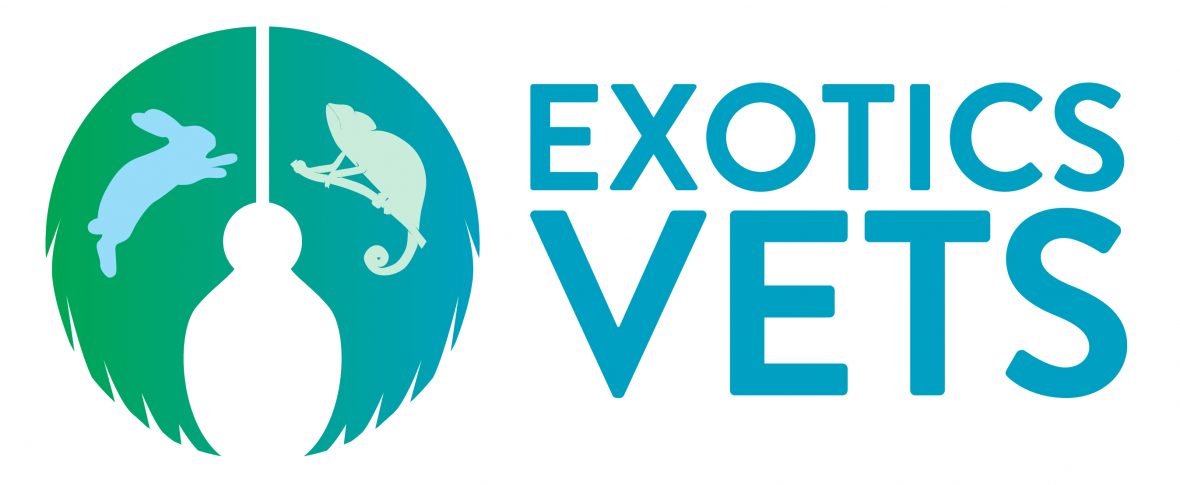If you haven’t already done so, check out our post on Otitis Externa here!
Know you know whats happening in the external ear, it’s time to let you into the inner circle…
Of the inner ear!
As you would know, rabbits have huge ears, so this is part 2 of addressing that huge problem.
Lend me your ears!

What is Otitis Media?
Otitis media is the inflammation of tympanic membrane, bony acoustic duct and tympanic cavity. Otitis media can occur in rabbits by direct spread of bacteria from Otitis externa, or indirect haematogenous spread.

Clinical signs of Otitis media may include:
-
Vestibular signs – nystagmus (horizontal/rotational), head tilt, ataxia, falling or rolling
-
Facial nerve paralysis
-
Lethargy
-
Gut stasis
-
Respiratory signs, sneezing, discharge
The main differential diagnosis is Encephalitozoon cuniculi (EC / E.cuniculi), which is can be ruled out with serological tests, like IFAT or ELISA tests, the best is the PCR test (last checked not available in Australia).
Other differentials include:
-
E. cuniculi
-
Ear mites
-
Toxins
-
Listeriosis
-
Central vestibular disease
Diagnostics:
-
Radiographs- not too sensitive – may see fluid filled opacity of tympanic bulla on x-rays
-
CT – best option, but obviously pricey
-
Otoscope/endoscopy – may see bulging of the tympanic membrane, or purulent exudate in ear canal
-
Clinical signs – vestibular signs – ataxia, rolling, falling over, head tilt, scratching ear
Treatment
Medical:
Pain relief may be required, this can be supplied with either:
-
Non steroidals – Meloxicam
-
Opioids – Tramadol or Buprenorphine
-
Anti-nausea agents (but wait! Rabbits cant vomit! They can show vestibular signs, which may be resolved with these agents, specifically) – Maropitant
Vestibular signs can be quite serious and potentially can cause severe trauma in rabbits, falling over and rolling around. It is important to manage the environment when you see vestibular signs, removing sharp objects and providing tons of padding (think towels!).
Antibiotics:
The bacteria involved in Otitis in rabbits are:
-
Staphylococcus aureus
-
Pasteurella multocida
-
Pseudomonas aeruginosa
-
Bordetella bronchiseptica
-
Escherichia coli
-
Proteus mirabilis
Therefore a good broad spectrum antibiotic is required for treatment, usually for 4 weeks or more of therapy:
-
Penicillin (not oral!)
-
Enrofloxacin (recommended in a few texts)
For doses, check out our rabbit formulary for vets at exoticsvets.com/rabbit-formulary/
You will need a password, and to be a vet! If you need the password, email us at exoticsvets@gmail.com
But as with otitis externa, the best chance of recovery often includes surgery:
Surgery:
-
Total/partial ear canal ablation (TECA/PECA)
-
Lateral bulla osteotomy
-
Ventral bulla osteomtomy
Disclaimer: These are the surgical options, which should only be performed by experienced surgeons or rabbit veterinarians!!!
But here’s a brief description so you know what to tell your clients, to provide them with the very BEST for their bunny. For an in depth description, check out “Surgical Management of Ear Diseases in Rabbits” by Csomos R et al – reference is in the references!
Here are simple descriptions of VERY COMPLICATED surgeries that should ONLY BE PERFORMED BY EXPERIENCED SURGEONS AND RABBIT VETERINARIANS!
Ear canal ablations:
-
Partial
An incision is made vertically over the ear canal, the ear canal is isolated by dissection, then cut between the opening and the bony acoustic meatus – then lavaged sutured and closed routinely.
-
Total
An incision is made as a T shape over the ear canal, the ear canal is isolated by dissection, then cut above the bony acoustic meatus and all cartilage is removed – then lavaged sutured and closed routinely.
REMEMBER – PAIN RELIEF IS CRITICAL IN RABBITS!!!!!!!!!!!!
Bulla Osteotomy –
-
Lateral Bulla Osteotomy
Usually following either ear canal ablation technique, the soft tissues over the bony acoustic meatus are elevated, then the osteotomy is performed into the tympanic bulla. Once open – curette and lavage to remove debris, followed by routine closure.
-
Ventral Bulla Osteotomy
With the rabbit in dorsal recumbency, dissect and retract muscles until the bulla is exposed. The osteotomy is performed into the tympanic bulla. Once open – curette and lavage to remove debris, followed by a routine closure.
Yes these descriptions are kept purposely quite simplified, if you are a veterinarian with access the Csomos reference, the details can be acquired.
Or, do the best thing, refer the rabbit to an experienced surgeon!
Hop home points!
If you are presented with a rabbit with Otitis, do your best to provide analgesia, keeping your bunny patient comfortable, and treat the source of the infection!
If you are unable to resolve the otitis medically, or if the infection is too chronic, then referral for surgery is your bunny’s best option!
Hop to it!
References:
-
Mancinelli, E & Angela ML, ‘Management of Otitis in Rabbits’, Journal Of Exotic Pet Medicine, 2017, 26, pp. 63-73.
-
Chow, E et al. ‘Total ear canal ablation and lateral bulla osteotomy for treatment of otitis externa and media in a rabbit’, Journal Of The American Veterinary Medical Association, 2011. 239, 2, pp. 228-232
-
Csomos, R et al. ‘Surgical Management of Ear Diseases in Rabbits’, The Veterinary Clinics Of North America. Exotic Animal Practice, 2016. 19, 1, pp. 189-204.
-
MRC. Rabbit Clinical Manual. Melbourne Rabbit Clinic. 2018.
-
Skinner, G. The diagnosis and medical management of ear infections in rabbits. UPAV Newsletter. 2018.
